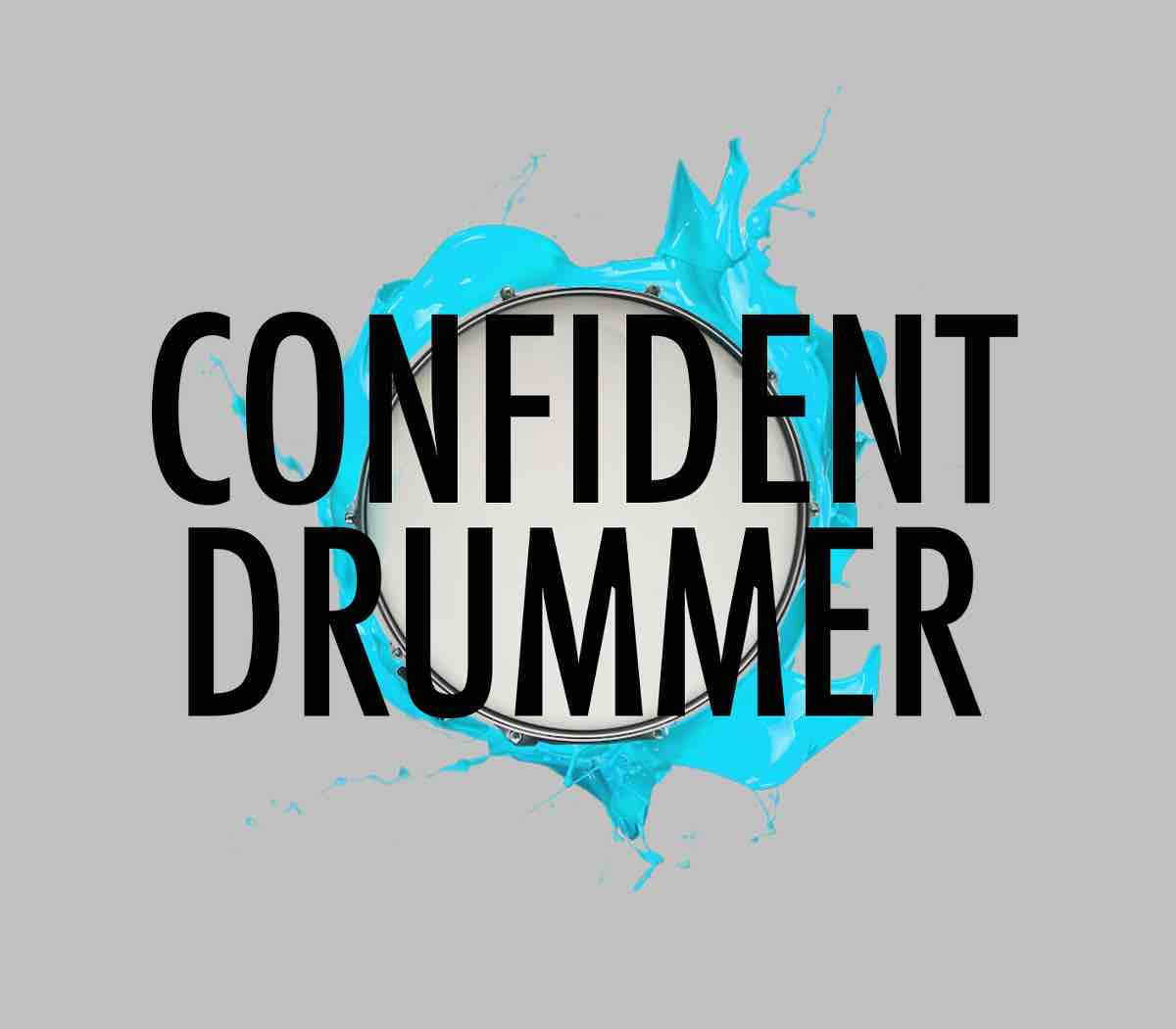When working in the recording studio, the most common scenario is the one where the pre-production on which we record our drum parts consists of a full song, with a defined structure and rough tracks to help us get into the piece and play inspired and exciting takes.
This is exactly the case of the song we are going to work on in this simulated studio session, a powerful modern Pop/Rock piece entitled ‘Hot Night’.
It’s a great track that artist Alex Grohl shared on the royalty free content website Pixabay (thank you Alex!).
We are going to do a session with a note for note drum arrangement chart, and perform two versions:
- A note-for-note take, reading the arrangement provided by the producer.
- An interpreted take, still reading the transcription for reference, but with greater interpretative freedom on fills, variations and embellishments.
There are several reasons why it’s useful to try this experience:
- Challenge ourselves to learn and perform a literal note for note take, like a studio drummer pro in a session.
- Test our creativity and interpretation skills by experimenting with personal variations.
- Learn to hear the way in which different drum arrangements affect the final mood of a piece.
- Gaining studio experience.
The song has the following characteristics:
- Tempo: 88 Bpm.
- Length: 48 bars, 2 minutes and 20 seconds.
- Straight time feel, sixteenth note cadence.
- Song form: intro 4 bars, chorus 8 bars, verse 8 bars, bridge 8 bars, chorus 16 bars, outro 4 bars.
At this link we can download the audio files of the session:
Production Simulator – SessionTrack
The folder contains the original Mp3 file downloaded from Pixabay, the license to use it, as well as the ready-to-use session files both with and without the click, and in both Mp3 and WAV formats.
Here is the free PDF with the printable transcription:
Now, if you have already set up you home studio, you are ready to dive into a real studio session!
NOTE-FOR-NOTE TAKE:
Sometimes producers, songwriters or arrangers have such a clear vision about how the end result should sound, that they write down a drum part to the smallest details, and all we have to do is reproduce it to the extent required.
There are different degrees of adherence to what is written on the score, and depending on the situation we may be told to stick strictly to the transcriptions, or to try variations.
To broaden our experience we are going to simulate both possibilities, starting with the one that involves the take performed note for note.
The sheet music includes everything: opening fill, specific grooves for each section, Bass Drum patterns, embellishments, written fills.
In spite of this constraint, there is still a margin within which we can introduce embellishments and minor changes according to our own style and musical concept.
It goes without saying that being professional involves sticking faithfully to what we are asked to do.
However, a skilled musician knows exactly how to create that additional magic that cannot be written on paper and is made up of micro nuances and variations.
By the way, this is precisely where the added value brought by a musician lies.
For reference, here is the YouTube video with my take:
INTERPRETED NOTE-FOR-NOTE TAKE:
In this alternative scenario the written part is there but we are free to interpret it and make small stylistic changes.
Basically we still read the part transcribed note for note, but we are not bound to perform each note as it’s written. We can play around it a bit, interpret it, modify beats and fills, and even add or remove details.
Personally, the first thing I did was to eliminate most of the Crash hits, which in the note-for-note version highlighted the synth bass notes in a way that was a bit too aggressive in my opinion.
Next, I let my natural tendency to sit on the backside of the beat emerge a little more, along with the numerous subtle embellishments with which I love to personalize what I play.
Of course as soon as the boundaries become less rigid there is the risk of venturing into territories that may go beyond what those who record us expect to hear, and even cause us to overplay.
Therefore we have to be prepared for sudden adjustments and sharp course changes, from take to take, accepting any feedback, including criticism or requests to eliminate something that in our opinion worked.
As explained in ‘Recording Ourselves: the most Powerful Feedback Tool to Improve our Drumming‘, the feedback allowed by recording and listening back is priceless.
Try both versions, record your takes, and even publish the song with your drum tracks.
It will make you grow as a drummer in countless ways.
In the method ‘In Session‘ I actually go through five different variations, and provide takes with detailed explanations, analysis, ProTools screen recordings, besides an in-depth exploration of recording scenarios that include working with loops and with the click.
Related resources:
‘In Session – How To Sound Great On Records’
‘Interpretation & Arrangement’ – Altitude Drumming – Volume 9
‘Groove Mastery & Formulas’ – Altitude Drumming – Volume 8



















